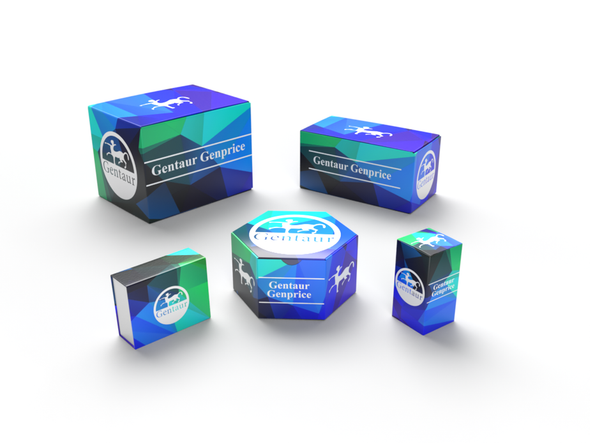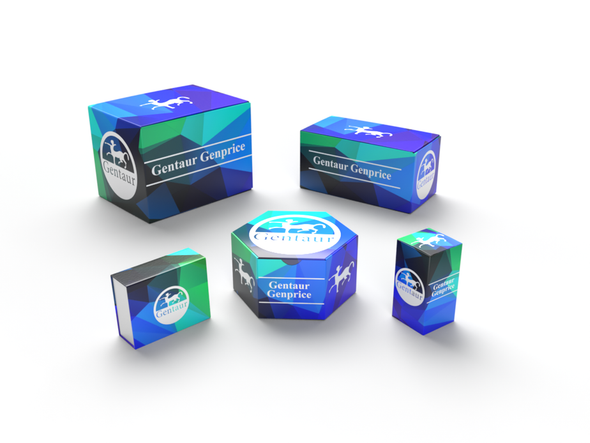Description
Rat Anti-Mouse MBL-2 Antibody | 103-M434 | Gentaur UK, US & Europe Distribution
Species: Anti-Mouse
Host / biotech: Rat
Comment: N/A
Label: N/A
Clone / Antibody feature: (#8M79)
Subcategory: Monoclonal Antibody
Category: Antibody
Synonyms: Mbl2; MBL; L-MBP; MBL-C; MBP-C
Isotype: IgG2
Application: WB
Detection Range: N/A
Species Reactivity/Cross reactivity: Mouse
Antigen: mouse recombinant protein of MBL-2
Description: Mannan binding lectin (MBL) belongs to the collectin family of innate immune defense proteins, which binds to an array of carbohydrate patterns on pathogen surfaces. Collectin family members share common structural features: a cysteine rich aminoterminal domain, a collagen like region, an α helical-coiled-coil neck domain and a carboxy terminal Ctype (Ca ++dependent) lectin or carbohydrate recognition domain (CRD). MBL homotrimerizes to form a structural unit joined by Nterminal disulfide bridges. These homotrimers further associates into oligomeric structures of up to 6 units. Whereas two forms of MBL proteins (MBL1, also known as SMBP or MBLA and MBL2, also known as LMBP or MBLC) exist in rodents and other animals, only one functional MBL protein is present in humans. Mouse MBL2 shares approximately 52% and 60% aa sequence identity with mouse MBL1 and human MBL, respectively. In mouse, MBL1 and MBL2 are the only collectins that can activate complement via the lectin complement pathway. Serum oligomeric MBL associates with MBL-associated serine protease (MASP) proenzymes. The MBLMASP proenzyme complex preferentially interact with sugar patterns containing mannose, glucose, L-fucose, or N-acetylglucosamine present at a terminal nonreducing postion on the cell surface of various pathogens and certain tumor cells. This interaction induces proenzyme activation and the triggering of the complement cascade, resulting in opsonization and pathogen removal via humoral and cellular immune responses. MBL does not recognize selfcomponents or glycoproteins from other higher animals due to the presence of terminal sialic acid or galactose that interrupts the repeating carbohydrate structures. A number of membrane receptors for MBL, including C1q phagocytic receptor (C1qRp), calreticulin (also known as C1qR), and CR1 (CD35), have been described. Interactions with these receptors may also be important in stimulating phagocytosis. Mouse MBL 1 and MBL2 are produced primarily in the liver and are secreted into the blood stream. In addition, mouse MBL1 is also expressed in lung, kidney, and testis while MBL2 is expressed in kidney, thymus, and small intestine.
Purity Confirmation: N/A
Endotoxin: N/A
Formulation: lyophilized
Storage Handling Stability: Lyophilized samples are stable for 2 years from date of receipt when stored at -20°C. Reconstituted antibody can be aliquoted and stored frozen at < -20°C for at least six months without detectable loss of activity.
Reconstituation: Centrifuge vial prior to opening. Reconstitute the antibody with 500 µl sterile PBS and the final concentration is 200 µg/ml.
Molecular Weight: N/A
Lenght (aa): N/A
Protein Sequence: N/A
NCBI Gene ID: 17195










